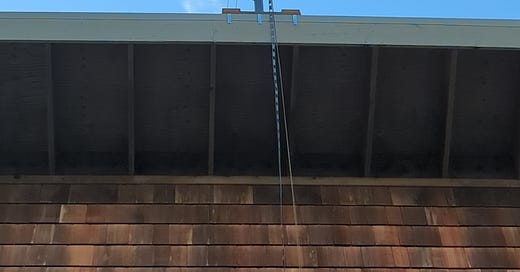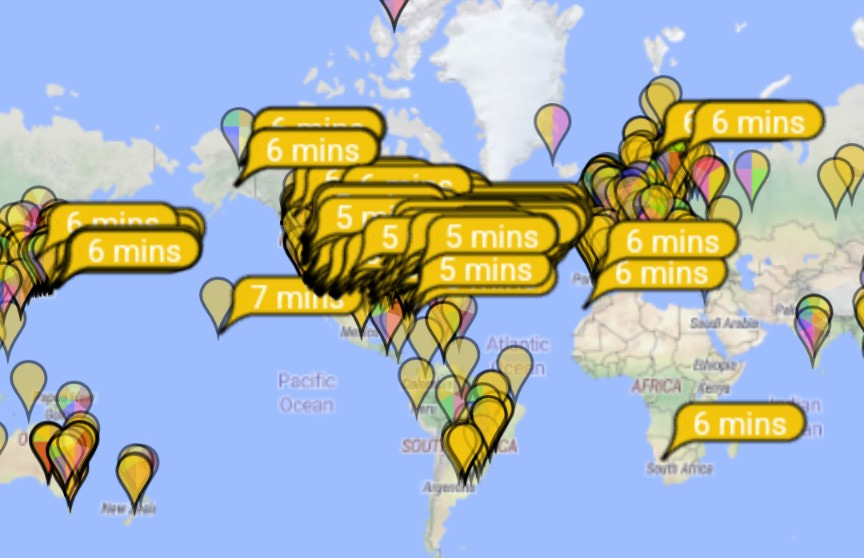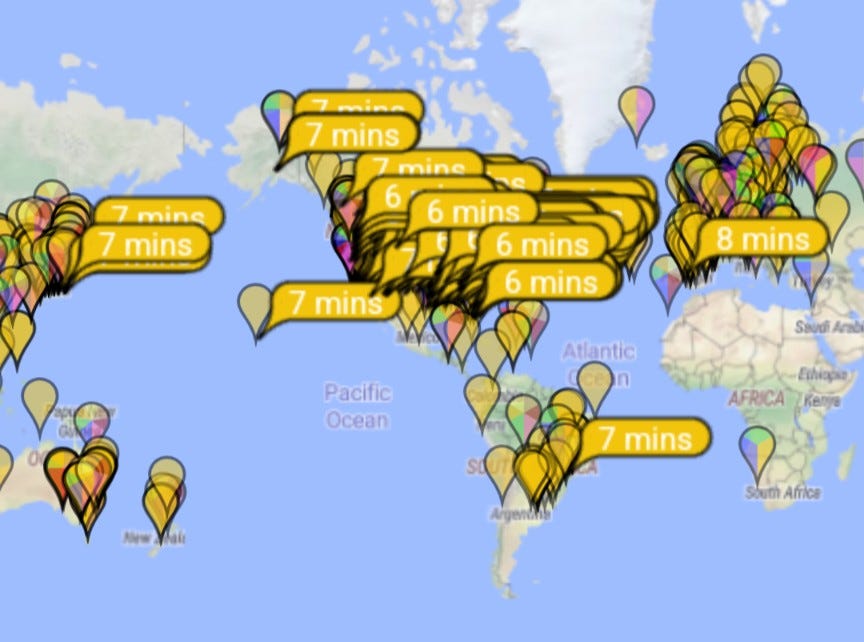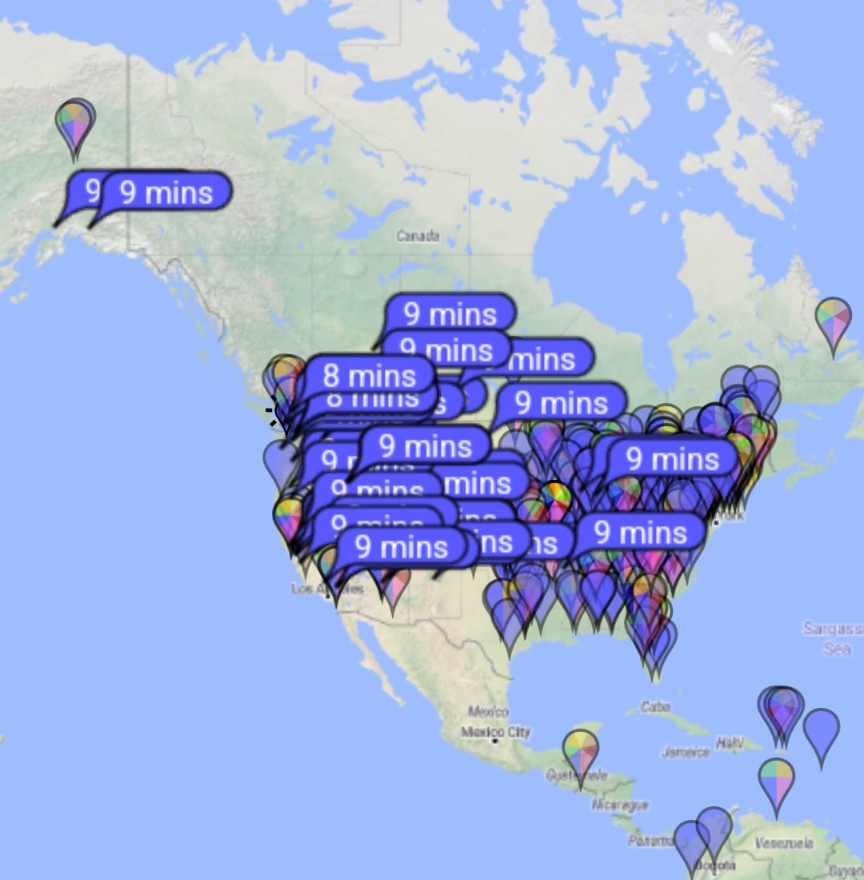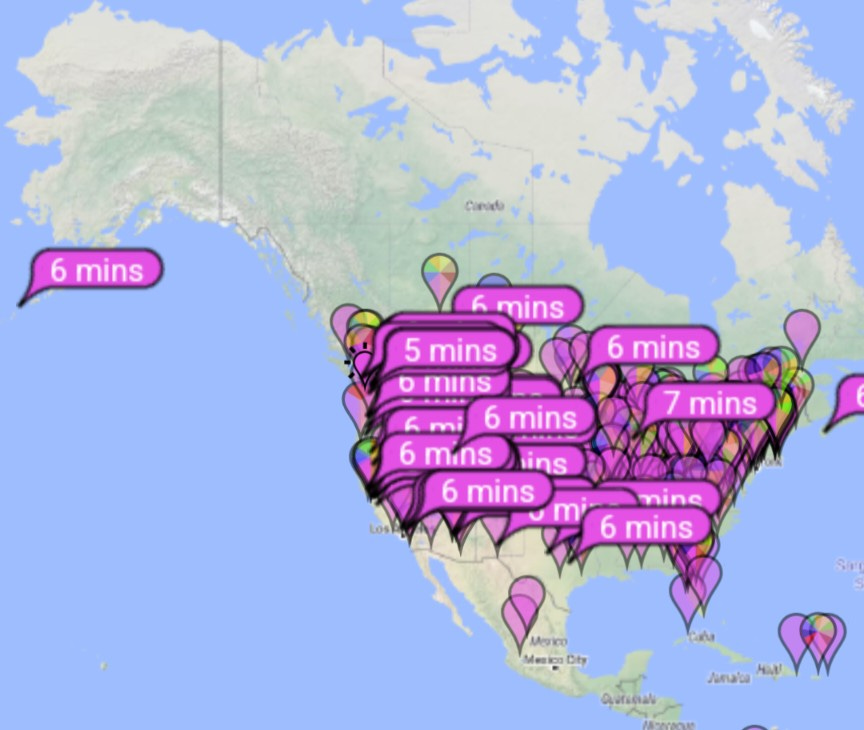Tale of two antennas
Way back during the months following receipt of my general license I played with a few poorly executed antennas cut for various bands and had what could fairly be labeled as zero success. In time I gave up on that effort and bought an off center fed dipole, built a mast on the roof to hold it, and installed what I hoped would be a base station antenna capable of multiband operation. The result was an antenna that seemed to be able to do just about everything, though I still marveled at net control stations that appeared to be able to hear legions of ghosts on the air that were always beyond my reach. (I later found out that the coax was damaged causing over 3 db of loss meaning that half of what it heard was lost by the coax!)
That antenna came down one winter under the weight of heavy wet snow, shearing off the end of the wire and its insulator. After that I set out to improve every element of the system.
The result, inspired by the NCS's of the now defunct Orca Digital Net, was a doublet. It was higher, longer, and fed by ladder line that resisted losses due to SWR better than coax. And the results were amazing by comparison.
It was like being able to see for the first time.
The two 75’ arms were easily tunable on any band, and while the SWR was high everywhere, the 4:1 balun at the bottom of the ladder line brought it down to easily within reach for any external antenna tuner. More on this type of antenna can be found HERE and HERE.
However over time I began to desire the capability to use 160 meter (which would not tune on the doublet) and to wonder what benefit might be gained from a different orientation than the North / South doublet. Additionally having a second antenna, even if it was not as effective as my existing antenna, would pay instant dividends should anything happen to the doublet in a storm.
The result was the addition of an end fed antenna using a Palomar Engineers 9:1 low frequency UNUN, 176’ of #22 stealthwire for the radiator, set up running East / West in an inverted V configuration with the apex at about 50’ AGL. I was pleasantly surprised to see the SWR's with this set up between 1:1 and 2.4:1 across the bands, but also cautious about what appeared to be a higher noise floor than what I was used to seeing on the doublet.
In order to test it in a more objective fashion I downloaded WSJTX (not normally my thing) and sent 3 CQ's on each antenna using 50 watts. I used my current call sign for the existing antenna and my former call sign for the new one in order to generate 2 separate reports. (Sad hams, please leave your comments below so that I can make fun of you). 20 meter and 40 meter tests were both performed at approximately 1400 local, 80 meter tests performed at 1900 local.
On 20 meter the doublet showed a definite advantage:
Doublet: 328 signal reports.
End fed: 286 signal reports.
On 40 meter the advantage gets too close to call. I will have to re-perform near grayline to see if there is any separation under more ideal conditions.
Doublet: 51 signal reports.
End fed: 54 signal reports.
And on 80 the advantage goes to the end fed with much better coast to coast coverage.
Doublet: 43 signal reports.
End fed: 51 signal reports.
So what’s the bottom line? Well that old adage that one is none and two is one seems appropriate. If you are serious about maintaining the ability to communicate in an emergency fielding a second antenna using different supports doubles the odds of having an antenna at all, and you may even find it gives you improved performance on certain bands or directions. I would recommend either of the two antennas detailed above, however Chameleon has also come out with a basic version of their end fed base antenna that might be the best deal on their site right now:
https://chameleonantenna.com/shop-here/ols/products/cha-basic-limited/v/cha-basic-limited-130
Remember that you need no license in order to listen and receive, so the antenna above and an SDR dongle would get you up and able to receive the Forward Observer National Intelligence Brief every Friday at 1900 local on 7.110. And if you need an upgrade to your license to get transmitting book a Zoom testing session with Patriot Radio Club and take the test from your dining room table.

